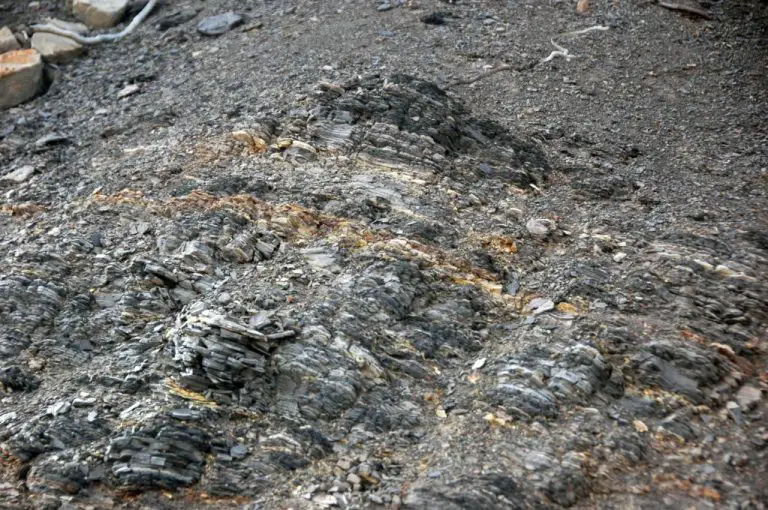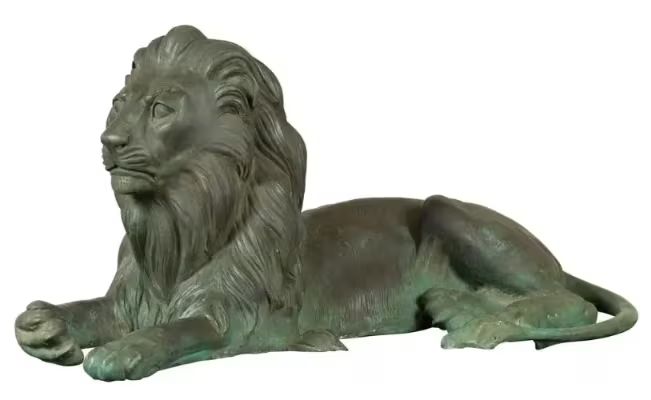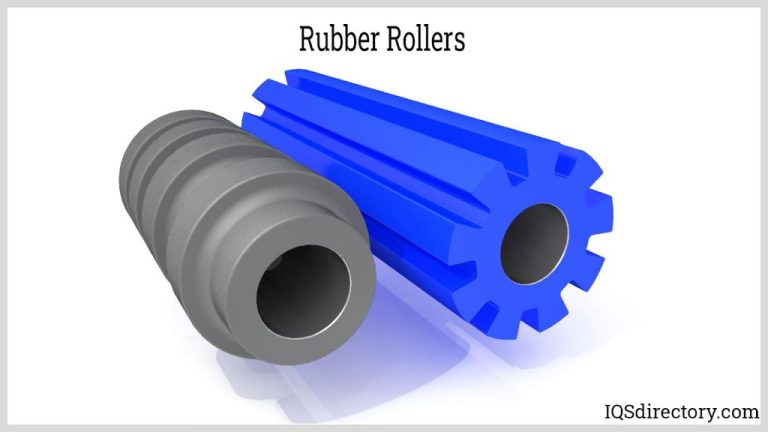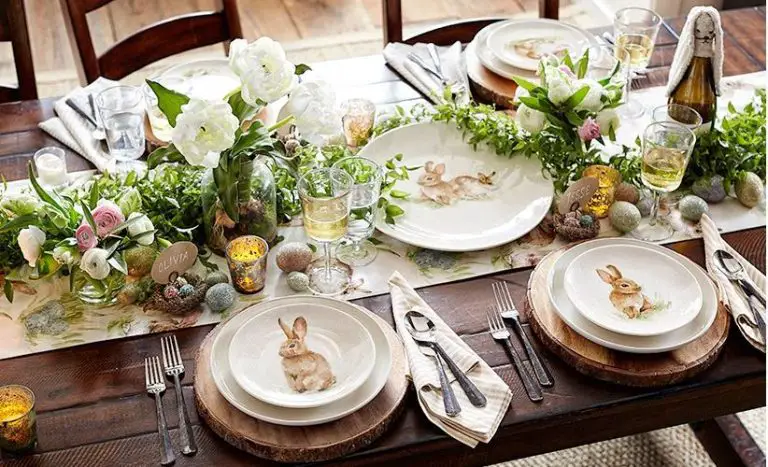What Is The Best Clay Bar?
A clay bar is an engineered clay compound used in detailing cars. It works by bonding with and removing contaminants from the surface of a vehicle’s paint that regular washing leaves behind.
When rubbed over car paint, a clay bar picks up things like industrial fallout, rail dust, tar, tree sap, bugs, and oxidation that are stuck to the clear coat. The clay’s malleability allows it to reach into tiny crevices and stick to particles a regular wash mitt can’t remove.
This helps get the paint perfectly smooth and clean by lifting away bonded contaminants. It prepares the surface for polishing, waxing, and sealing. The result is an ultra-smooth, glass-like finish that allows waxes, sealants, and coatings to properly bond to the paint.
What is a Clay Bar?
Benefits of Using a Clay Bar
Clay bars provide numerous benefits for detailing and cleaning your car’s exterior paint and finish. The main advantages of using a clay bar include:
Improves Paint Gloss – Clay bars are effective at removing contaminants like dirt, dust, industrial fallout, tar, and road grime that get embedded in the clear coat. Removing these contaminants leaves the paint smoother and shinier, restoring the glossy just-waxed look (Source).
Removes Embedded Contaminants – Compounds like rail dust, brake dust, tree sap, and bird droppings can become stuck in the clear coat over time. Clay bars are designed to safely remove these stubborn substances without damaging the paint (Source).
Prepares Surface for Wax/Sealant – Using a clay bar cleans the paint down to the pores, creating a perfectly smooth surface. This allows waxes and paint sealants to fully bond and adhere, leading to better protection and shine.
How to Use a Clay Bar
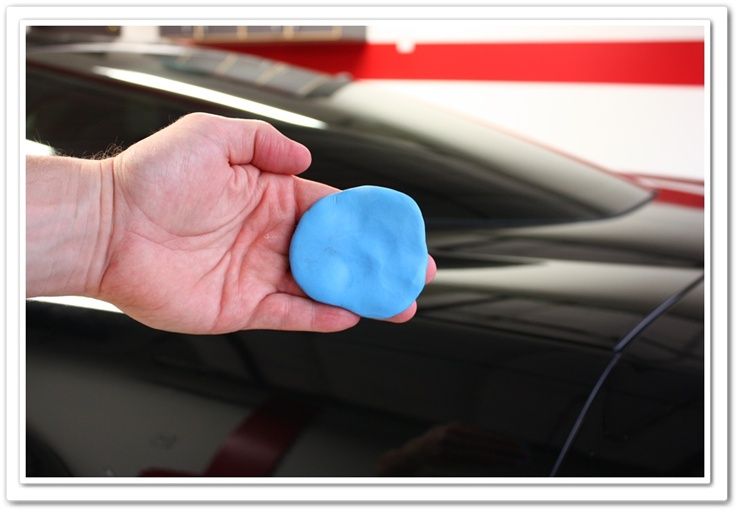
To properly use a clay bar on your vehicle, it’s important to follow some key steps:
First, wash and thoroughly dry the vehicle. The clay bar will work more effectively on a clean surface without water beads. Make sure to dry the entire area you plan to clay.[1]
Next, apply your chosen lubricant evenly over the surface. The lubricant allows the clay bar to glide smoothly across the paint. Spray lubricant frequently as you work to avoid drag or sticking.
Knead the clay bar frequently as you use it. This helps expose clean clay and spreads the collected contaminants throughout the bar. Fold the clay over on itself to refresh the working surface.
Rub the clay bar back and forth across the paint using moderate pressure. Check it often to see if it has picked up contaminants. You’ll likely need to knead it and re-lube frequently. Work in small sections until the entire vehicle is clayed.
When finished, rinse away excess lubricant and clay residue. Dry the vehicle and follow up with waxing or sealing for a smooth, protected finish.[1]
[1] https://www.caranddriver.com/car-accessories/g43738666/how-to-clay-bar-car/
Choosing the Right Clay Bar
When selecting a clay bar, there are a few key factors to consider:
Material
Clay bars are typically made from high-grade clay or synthetic polymers. Natural clay is more malleable and moldable, while synthetic clay is more durable and less prone to tearing or crumbling ([source]).
Size
Clay bars come in different sizes. Larger bars are good for detailing larger vehicles, while mini bars work well for smaller jobs. Standard size bars around 100g offer a good balance of value and performance ([source]).
Lubricant Included
Some clay bars include a lubricating spray, while others require a separate lubricant purchase. Built-in lubricant is convenient, but you may get more uses out of buying a clay bar and lube separately ([source]).
Ease of Use
Softer clay is easier to mold and apply evenly across paintwork. Firmer clay requires more pressure but may last longer. Consider your detailing experience when choosing bar firmness ([source]).
Top Clay Bar Picks
Based on expert reviews and customer feedback, here are the top-rated clay bars to consider for your vehicle:
Chemical Guys CLY_KIT Complete Clay Bar and Luber Kit
This complete clay bar kit from Chemical Guys is a top pick for its included Clay Luber lubricant spray that helps the clay glide smoothly over paint. The Luber prevents scratches and marring. The clay itself is very pliable and effective at contaminant removal. Users say it produces a perfectly smooth, slick surface when used properly.
Meguiar’s G1016 Smooth Surface Clay Kit
Meguiar’s clay bar is a long-standing favorite of professional detailers and enthusiasts. The clay is malleable and not overly sticky, making it easy to use. The included spray lubricant ensures safe application. It effectively removes bonded contaminants without damaging clear coats when used as directed. Users say Meguiar’s clay leaves paint with a flawless finish.
Mothers 07240 California Gold Clay Bar System
This clay bar kit from Mothers includes two 80 gram clay bars, a microfiber towel, and detailer spray for lubrication. The clay is high quality and can be re-kneaded together to extend use. The microfiber towel safely removes debris during the detailing process. Users say this provides effective paint cleansing at a very affordable price point compared to other leading brands.
Clay Bar Alternatives
While clay bars are effective at removing surface contaminants like industrial fallout and road grime, there are other methods that can be used as substitutes.
Car polishes that contain fillers and abrasives can help breakdown and remove some bonded surface contaminants. Using a polish prior to claying can reduce the amount of correction needed from the clay bar. Products like Chemical Guys V36 Cutting Polish are good options.
Nanoskin auto scrub towels are clay bar alternatives made from synthetic material. The fine grade texture allows the towels to safely remove contaminants without marring the paint. Brands like Nanoskin Fine Grade Towel offer a reusable substitute to clay bars.
Clay mitts and clay pads also provide more surface area than a bar for faster decontamination. Using lots of lubrication, these tools glide over the surface, lifting away bonded contaminants. The Chemical Guys Clay Luber Kit bundles a clay bar with lubricant.
Testing different clay bar alternatives can help find the right decontamination method for each detailing job.
Using Clay Bars Safely
When using a clay bar, it’s important to follow some safety precautions to avoid damaging your vehicle’s paint.
First, be sure to avoid dropping the clay bar on the ground. The clay bar picks up contaminants easily, so if it falls on the ground it will need to be folded or discarded and replaced to avoid scratching the paint. Fold the clay bar frequently as you work to expose a clean surface. Also, remember to re-lube the surface often. The lubricant helps the clay bar glide smoothly and prevents scratching.
Work in manageable sections so you don’t feel rushed. Take your time and check your work to ensure you aren’t accidentally marring the paint. It’s generally best to work in straight lines rather than circles to reduce swirling. Periodically rinse off and dry your hands to prevent transferring dirt back to the clay bar and paint.
With some care and patience, you can safely use a clay bar to decontaminate your vehicle’s paint without damage. Just be sure to avoid dropping it, fold it frequently, keep plenty of lubricant applied, and work slowly in a methodical manner.
Clay Bar Storage
Properly storing your clay bar is important for maintaining its effectiveness. An unused clay bar should be kept in an airtight container or wrapped in plastic. This prevents the clay from drying out and becoming hard or brittle.
According to detailers on Autopia.org, the best way to store a clay bar is to wrap it tightly in plastic wrap after each use. This keeps the clay moist and malleable for the next time you need it. The plastic wrap prevents air from getting to the clay and drying it out.[1]
Clay bars should be stored at room temperature away from extreme heat or cold. Don’t keep them in the garage if it gets very hot or cold. The optimal temperature is around 70°F.
With proper storage, a high-quality clay bar can last for many uses over a long period of time. Simply unwrap, knead to soften if necessary, and continue enjoying the paint decontamination benefits of your clay bar.
How Often to Clay a Car
Most experts recommend claying your car 1-2 times per year to remove contaminants and prepare the surface for waxing or sealing. Some key factors that determine claying frequency are:
- How often the vehicle is driven – Daily drivers that rack up high mileage will need more frequent claying, while weekend cars or rare drives may only need once a year.
- Parking location – Cars parked outdoors, especially in urban environments, pick up more contaminants from the air and will need claying more often than garage-kept vehicles.
- Washing schedule – Vehicles washed frequently have less time for contaminants to bond compared to those washed infrequently.
- Type of driving – Cars driven often on gravel roads or in winter conditions with salt on the roads require more frequent claying.
The key is to clay often enough to remove surface contaminants for proper wax/sealant bonding, but not so often that you risk stripping waxes and clearcoat. For most daily drivers exposed to normal conditions, claying 1-2 times per year is ideal. Adjust based on your specific situation.
It’s easy to inspect your paint for embedded contaminants by running a plastic bag over it. If it feels rough and bumpy, it’s time to clay. For smoother paint, you can get by with less frequent claying. Always follow up with wax or a sealant after claying.
Frequently Asked Questions
Here are some common questions people have about using clay bars:
What does a clay bar do?
A clay bar is designed to remove contaminants from the surface of your vehicle that normal washing can’t get rid of, such as tree sap, bug splatter, industrial fallout, tar, and bonded surface debris. The clay works by literally grabbing and pulling off these particles from the clear coat. This leaves you with an ultra smooth surface ready for polishing and waxing. (Source)
How do you use a clay bar?
First wash and dry the vehicle. Then, break off a piece of clay from the bar about the size of a golf ball. Knead it into a flat patty shape. Mist the paint surface with your clay lubricant of choice (typically a spray detailer). Then, rub the clay bar over the surface in straight back and forth motions. Fold the clay frequently to expose clean sides. Check often for contaminants embedded in the clay. When done, rinse off any residue and dry the car. (Source)
How often should you clay a car?
For daily drivers that are regularly exposed to contaminants, plan to clay your vehicle twice a year. For garage kept cars or those driven less often, once a year is sufficient. Always clay before polishing or waxing for best results. (Source)
What lubricant works best with clay bars?
A clay bar detailing spray is the most popular lubricant. Quick detailers also work well. Avoid soapy water, as it can contain gritty contaminants that cause scratches. The lubricant allows the clay to glide smoothly over the surface. (Source)

